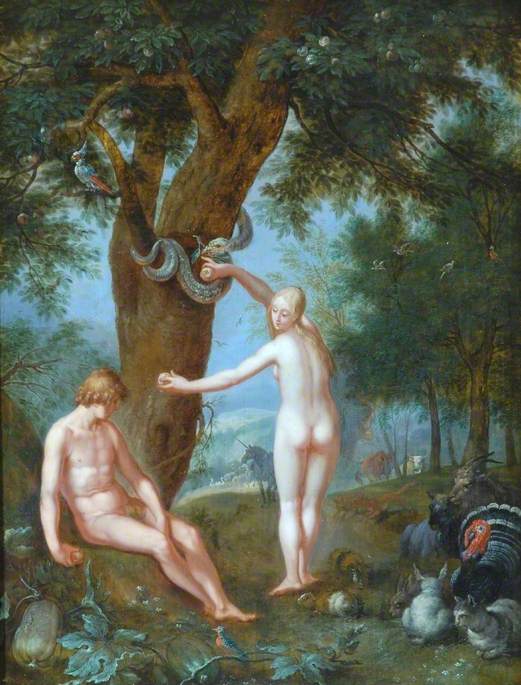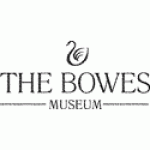How you can use this image
This image can be used for non-commercial research or private study purposes, and other UK exceptions to copyright permitted to users based in the United Kingdom under the Copyright, Designs and Patents Act 1988, as amended and revised. Any other type of use will need to be cleared with the rights holder(s).
Review the copyright credit lines that are located underneath the image, as these indicate who manages the copyright (©) within the artwork, and the photographic rights within the image.
The collection that owns the artwork may have more information on their own website about permitted uses and image licensing options.
Review our guidance pages which explain how you can reuse images, how to credit an image and how to find images in the public domain or with a Creative Commons licence available.
Notes
Add or edit a note on this artwork that only you can see. You can find notes again by going to the ‘Notes’ section of your account.
This copy after Abraham Bloemaert’s print of 1604 dates from the eighteenth century, when the popularity of Bloemaert’s work was revived and admired by François Boucher and his contemporaries. The painting is rich with iconographic imagery. The inflated turkey symbolises Eve’s pride and stupidity, the cat her ill-fated deed. Whilst the gourd can sometimes symbolise resurrection and salvation, it has also assumed negative connotations of brief happiness because of its fast growth and decay. Eve’s striking pose dominates the composition, and is perhaps influenced by Renaissance designs and imagery of ‘The Judgement of Paris’ (a story from Greek mythology). In contrast, Adam sits passively looking away from the viewer. The unknown artist has enlarged Bloemaert’s design, increasing the height of the tree of knowledge and the expanse of landscape to the right.
Title
Adam and Eve
Date
18th C
Medium
oil on panel
Measurements
H 36.8 x W 27.6 cm
Accession number
B.M.800
Acquisition method
bequeathed by the Founders, 1885
Work type
Painting

